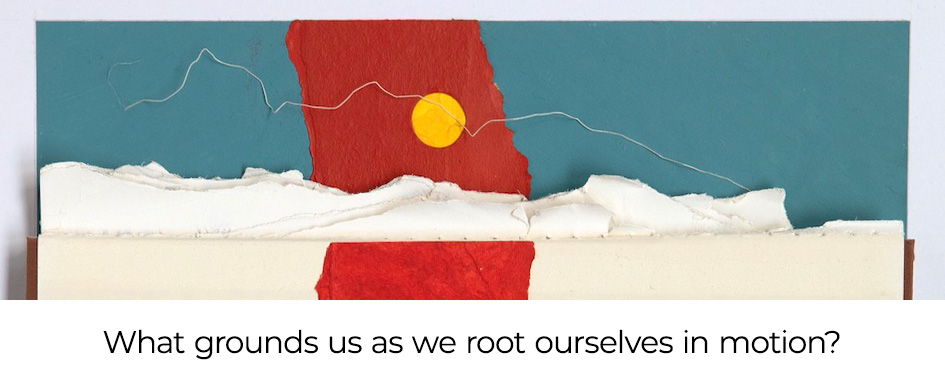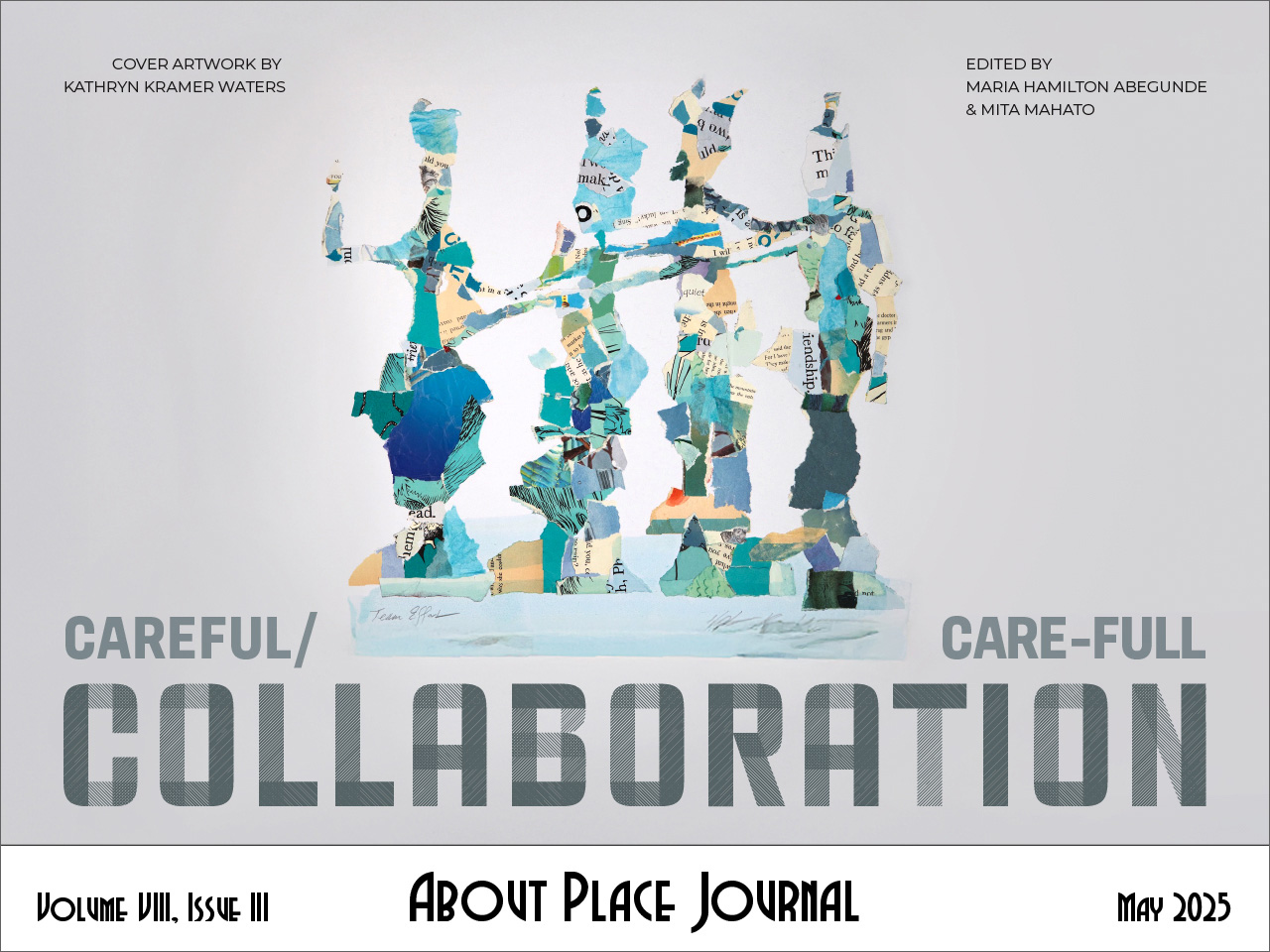Collaboration is a loom of many hands, each one threading colours that shimmer and shift under the weight of memory and hope. It begins not with one voice, but with a chorus, humming the rhythm of shared breath. It is a language older than words, born of gestures, shared glances, and the gentle friction of lives brushing against one another. The first thread is humility—the recognition that creation is not a solitary act but a weaving together of histories, places, and people.
Picture this: an artist bends to the soil, tracing the grain of the earth. They dig their hands into the dirt, letting the scent of loam and the cool texture of clay whisper stories of lives lived long before theirs. Another gathers pigments from the sunset, a palette of fire and dusk. The colours shift as they hold them: a flame’s orange becomes the deep red of spilled wine, then fades into the purple of a lover’s bruise. A third speaks to the wind, asking it to carry their melodies across valleys and oceans. The wind answers with its own song, a symphony of rustling leaves, the distant crash of waves, and the sigh of something ancient exhaling. None of them alone could create the tapestry now forming beneath their hands, but together, they pull the strands tighter, closer.
Collaboration is a conversation between worlds, a place where the boundaries between individual and collective blur. It is an acknowledgment of interdependence, of the way our stories are entwined like vines climbing a shared trellis. To collaborate is to see oneself as both root and branch, fed by the earth beneath and reaching toward the sky.
And yet, collaboration is rarely without conflict. Imagine the loom shaking under the strain of tension: one artist pulls too hard, eager to dominate the fabric with their vision, while another hesitates, their thread slipping loose. Conflict arises like storm clouds, thick and bruised with rain. Voices overlap, a cacophony of frustration, and for a moment, the weave frays.
But conflict does not fracture the process; it enriches it. It is in the clash of colours, the jarring dissonance of ideas, that new textures emerge. The friction of differing visions reveals patterns unseen, the lightning of tension illuminating paths previously hidden. Care-full collaboration is not about avoiding these storms but learning to navigate them with tenderness and intention. It is about holding space for discomfort, for vulnerability, and for the possibility that the act of weaving itself will change those who participate in it.
As the threads come together, they tell stories not just of the makers but of the places and beings they honour. A single strand might carry the scent of eucalyptus, the memory of rain on cracked earth, or the hum of cicadas in the heat of summer. Another might hold the echoes of a grandmother’s lullaby, sung in a language nearly lost. Each thread is a vessel, carrying with it the weight of connection—to land, to ancestors, to each other.
In this way, collaboration becomes an act of care. Care for the work, yes, but more importantly, care for the people and the relationships that make the work possible. Care is not fragile—it is a rebellion. It is the deliberate act of tending to what might otherwise be neglected: the quiet voices in the room, the unspoken needs, the spaces where trauma and healing intersect.
To collaborate with care is to see beyond the surface of another’s contribution, to recognize the layers of experience, identity, and emotion that shape their thread. It is to approach the loom with reverence, knowing that each strand is precious and that the fabric they form is more than the sum of its parts.
As the piece nears completion, a kind of magic takes hold. The threads, once separate, now form a tapestry that breathes with its own life. The colours ripple and shift as the light changes, revealing hidden details—shadows of hands, ghostly outlines of faces, fleeting glimpses of something sacred. What emerges is not just art but a living, breathing testament to the power of collaboration.
And when the work is shared—when it is laid out for others to see, hear, or feel—it carries with it the energy of its making. The audience does not simply witness the finished piece; they are invited into the process, to trace the threads back to their origins and to imagine the hands that wove them. In this way, collaboration extends beyond the creators, becoming a bridge that connects them to the wider community.
But the act of sharing is not without its own complexities. How do we decide when a piece is ready to leave the loom? How do we balance the desire to preserve its integrity with the need to let it go, to allow others to engage with it in their own ways? These questions are not easily answered, but they are part of the process—a reminder that collaboration, like care, is an ongoing practice.
In the end, the tapestry is never truly finished. Even as it hangs on the wall or is performed on a stage, it continues to evolve, shaped by the eyes that see it, the ears that hear it, the hands that touch it. Each interaction adds a new thread, a new layer of meaning, until the work becomes a reflection of the community it serves.
This is the power of care-full collaboration: it transforms not just the art but the artists themselves. It teaches us to listen more deeply, to see more clearly, and to move through the world with greater compassion. It reminds us that we are not solitary makers but part of a vast, intricate web of relationships—a tapestry woven from the threads of our shared humanity.
As you stand before the loom, thread in hand, you realize that this is not an ending but a beginning. The work stretches out before you, infinite in its possibilities, and you are both humbled and exhilarated by the knowledge that you are not alone. You are one of many hands, weaving together a world where care and connection are the threads that bind us.


